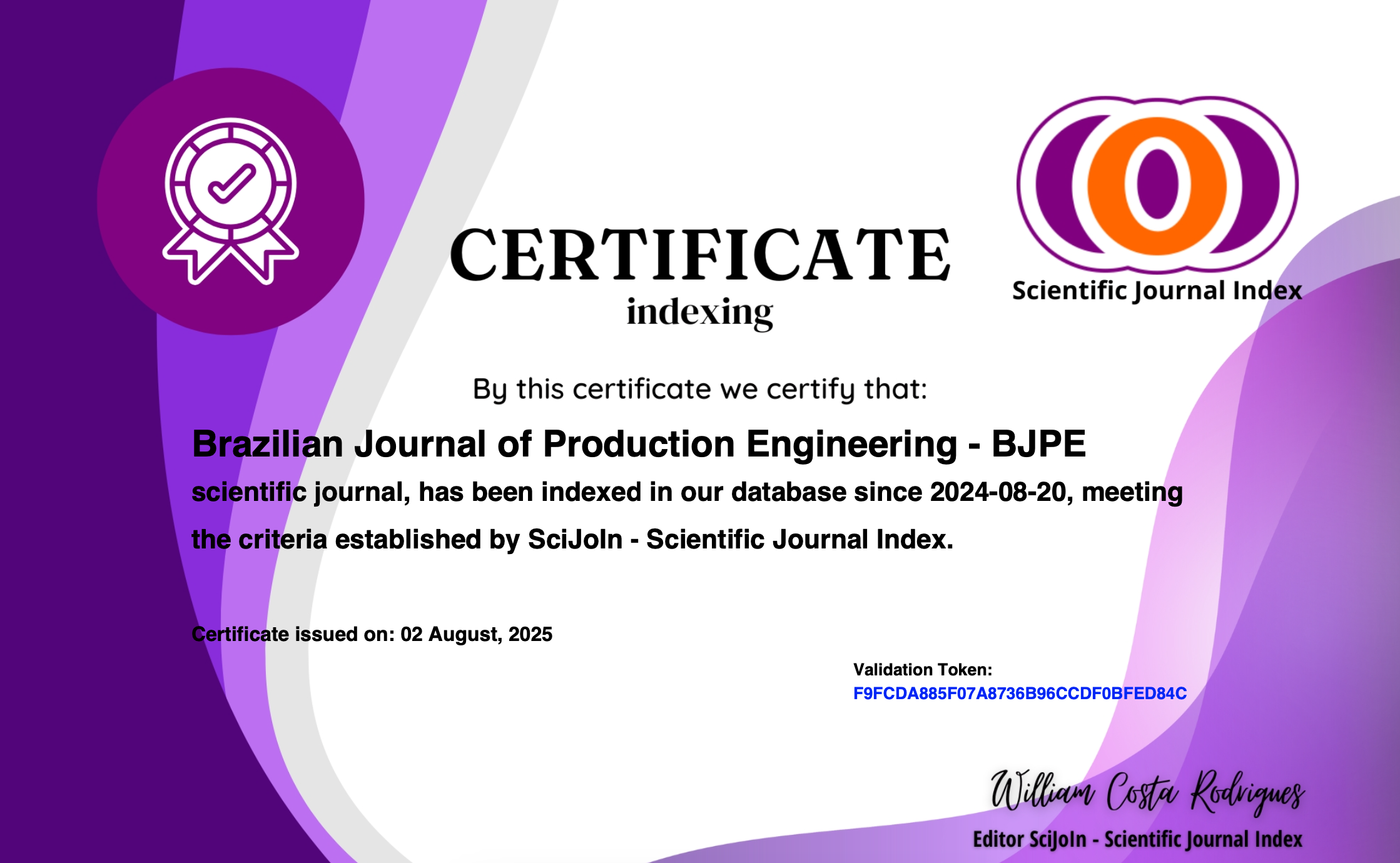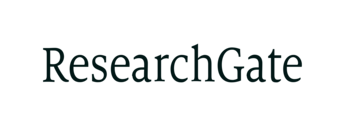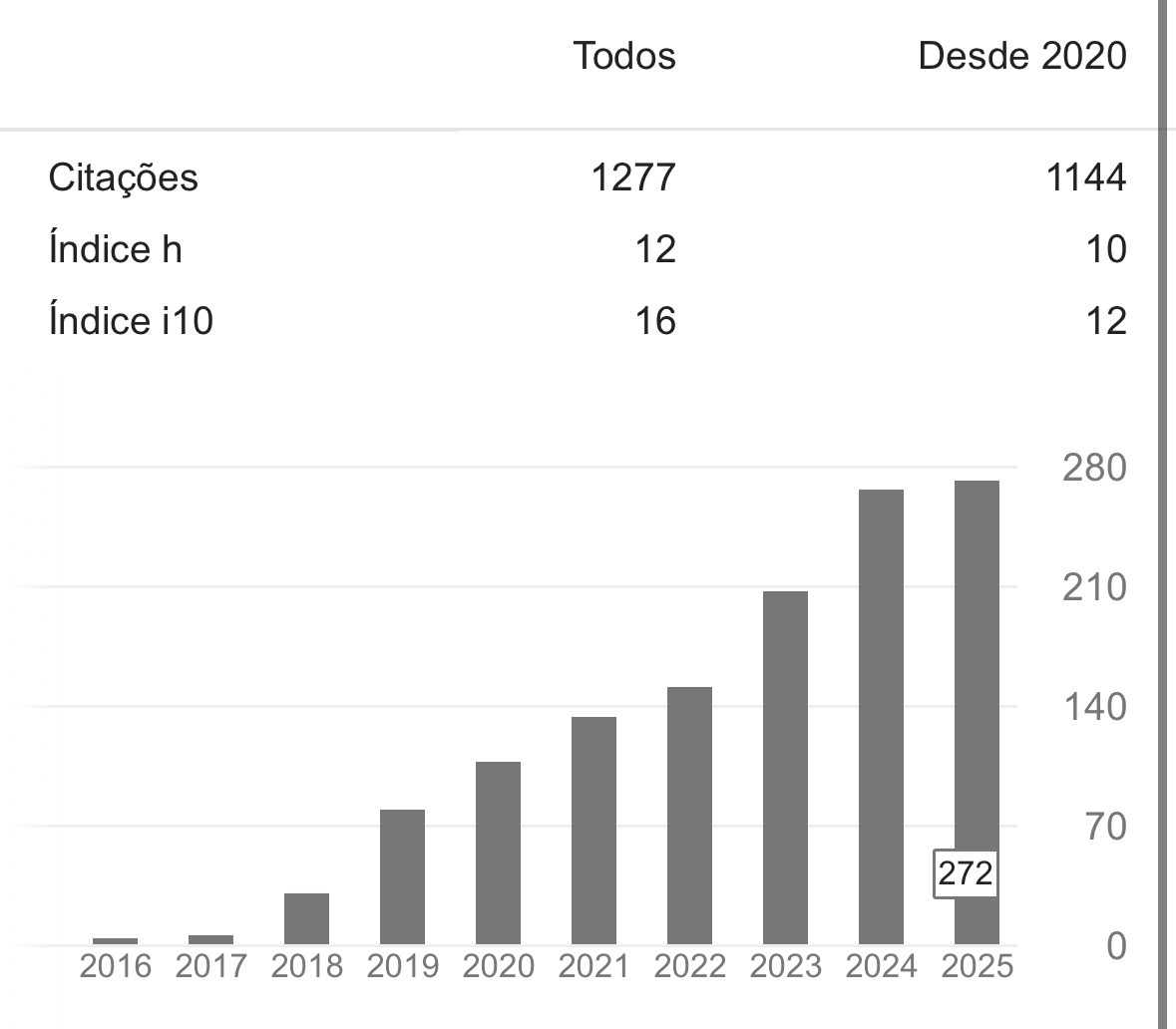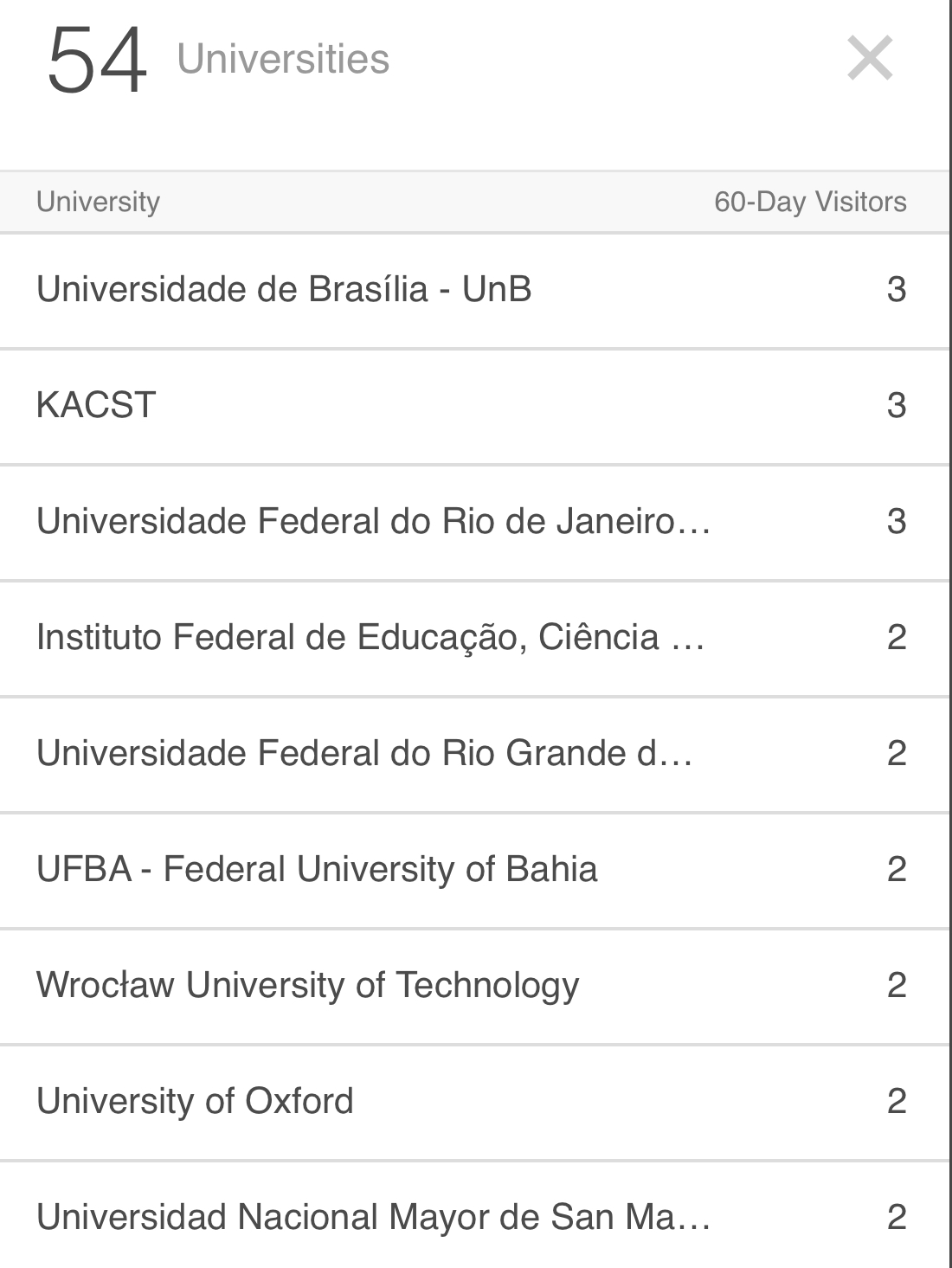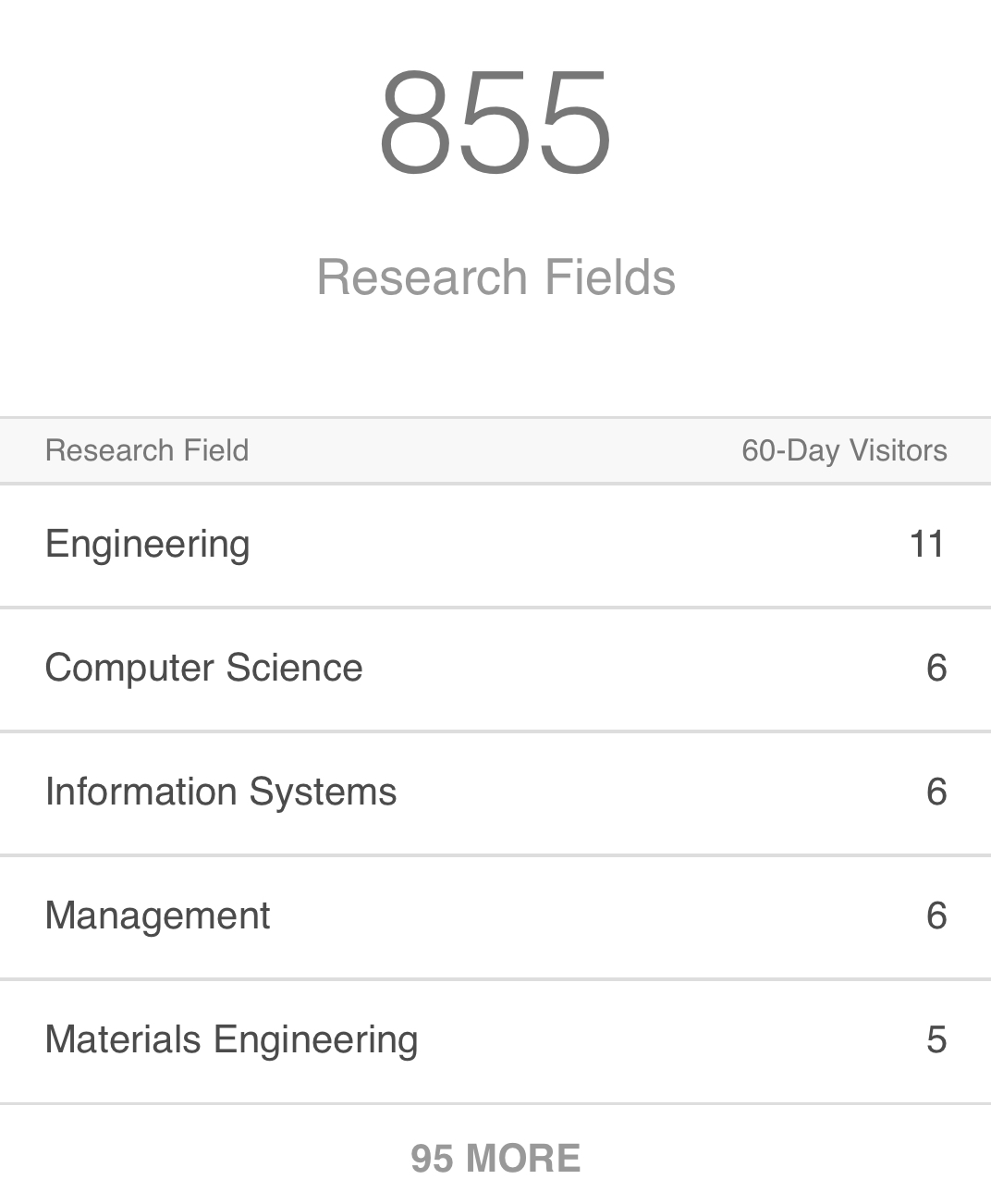SIMULAÇÃO DO DESEMPENHO LOGÍSTICO REVERSO NA INDÚSTRIA FARMACÊUTICA EM SITUAÇÕES DE SURTO DE DOENÇAS INFECCIOSAS: UMA ABORDAGEM BASEADA NO MODELO SIR
Resumo
ratégias são requeridas para reagir rapidamente e conseguir imunizar a maior parte da população evitando o contágio e interrompendo o ciclo de transmissão da doença. Uma estratégia relevante é a logística reversa (LR), que pode auxiliar as empresas farmacêuticas a reemitirem rapidamente para determinadas localidades fármacos que estejam em quantidades excedentes em outras regiões. Desta forma, o presente estudo teve como objetivo avaliar o impacto do desempenho da LR em cadeias da indústria farmacêutica com quantidades suficientes de fármacos para atender a outras regiões em situações de demanda sobressalente como em casos de surtos de sarampo, nos quais vacinas são utilizadas como principal forma de prevenção desta doença na população. Para tanto, um algoritmo para simulação foi proposto com base no modelo suscetível, infectado e recuperado (SIR) que projeta a proliferação da doença no tempo. As taxas de contágio, número de infectados e recuperados ou imunes foram utilizados como medidas indiretas do desempenho da LR para a situação proposta. Os resultados da simulação mostraram que a LR pode ser uma estratégia eficaz para auxiliar na imunização do sarampo, limpando a cadeia rapidamente dos fármacos e reemitindo-os, evitando, assim, que eles passem da data de validade e sejam dispostos irresponsavelmente no meio ambiente.
Downloads
Referências
AMARO, A.; BARBOSA-POVOA, A. The effect of uncertainty on the optimal closed-loop supply chain planning under different partnerships structure. Computers and Chemical Engineering, v.33, n.2, 2144-2158, 2009.
BOUZON, M.; GOVINDAN, K.; TABOADA-RODRIGUEZ, C. Identification and analysis of reverse logistics barriers using fuzzy Delphi method and AHP. Resources, Conservation and Recycling, v. 108, 182–197, 2016.
BRAVO, A.; CARVALHO, J. Understanding pharmaceutical sustainable supply chains – a case study application. Independent Journal of Management & Production, v.4, n.1, 228-247, 2013.
CAMPOS, E.; PAULA, I.; PAGANI, R.; GUARNIERI, P. Reverse logistics for the end-of-life and end-of-use products in the pharmaceutical industry: a systematic literature review. Supply Chain Management: An International Journal, v. 22, n.4, 375–392, 2017.
DE BRITO, M.; DEKKER, R.; FLAPPER, S.; DOWE, P. Reverse Logistics: a Review of Case Studies. Distribution Logistics. Lecture Notes in Economics and Mathematical Systems, v. 544, 243-281, 2005.
DENHART, H. Deconstructing disaster: economic and environmental impacts of deconstruction in post-Katrina New Orleans. Resources, Conservation and Recycling, v.54, 194-204, 2010.
FLEISCHMANN, M.; KRIKKE, H.; DEKKER, R.; FLAPPER, S. A characterization of logistics networks for product recovery. Omega, The International Journal of Management Science, v.8, 653–666, 2000.
GOVINDAN, K.; KALIYAN, M.; KANNAN, D.; HAG, A. Barriers analysis for green supply chain management implementation in Indian industries using analytic hierarchy process. International Journal of Production Economics, v. 147, 555-568, 2014
GUIDE, D.; VAN WASSENHOVE, L. The reverse supply chain: smart manufacturers are designing efficient processes for reusing their products. Harvard Business Review, v.22, 25-26, 2002.
HE, Q.; BEH, L.; GHOBADIAN, A.; GALLEAR, D.; O’REGAN, N. Second-life retailing: a reverse supply chain perspective. Supply Chain Management: An International Journal, v. 21, n.2, 259-272, 2016.
HU, T.; SHEW, J.; HUANG, K. A reverse logistics cost minimization model for the treatment of hazardous wastes. Transportation Research, v. 38, 457– 473, 2002.
HUNTER,T.; DROEGE, M.; MARSH, W. DROEGE, W. Effectively managing pharmaceutical returns and waste. Drug Topics, v.149, n.2, 36, 2005.
KINOBE, J.; GEBRESENBET, G.; NIWAGABA, C.; VINNERAS, B. Reverse logistics system and recycling potential at a landfill : A case study from Kampala City. Waste Management, v.42, 82–92, 2015.
KRIKKE, H.; HOFENK, D.; WANG, Y. Revealing an invisible giant: a comprehensive survey into return practices within original (closed-loop) supply chains. Resources Conservation and Recycling, v.73, 239-250, 2013.
KUMAR, S.; DIEVENEY, E.; DIEVENEY, A. Reverse logistic process control measures for the pharmaceutical industry supply chain. International Journal of Productivity and Performance Management, v.58, n.2, 188-204,2009.
KUMAR, D.; SOLEIMANI, H.; KANNAN, G. Forecasting return products in an integrated forward/reverse supply chain utilizing an anfis. International Journal of Applied Mathematics and Computer Science, v.24, n.3, 669-682, 2014.
KEYVANSHOKOOH, E. A dynamic pricing approach for returned products in integrated forward/reverse logistics network design. Applied Mathematical Modelling, v.37, n.24, 10182–10202, 2013.
MAHMOUDZADEH, M.; MANSOUR, S.; KARIMI, B. To develop a third-party reverse logistics network for end-of-life vehicles in Iran. Resources, Conservation and Recycling, v.78, 1–14, 2013.
MARTCHEVA, M. Introduction to Epidemic Modeling: An Introduction to Mathematical Epidemiology, Springer, s.v., 9–31, 2015.
MATLAB - Matlab for students, <https://www.mathworks.com/academia/student_version.html> Acesso em: 02 Jan 2019.
MILLET, D. Designing a sustainable reverse logistics channel: the 18 generic structures framework. Journal of Cleaner Production, v.19, n.6, 588-597, 2011.
MINISTERIO DA SAÚDE. Brasília: Governo Federal <http://www.saude.gov.br/noticias/agencia-saude/45089-ministerio-da-saude-atualiza-casos-de-sarampo-19> Acesso em: 22 Julho 2019.
NARAYANA, S.; A. ELIAS, A.; K. PATI, R. Reverse logistics in the pharmaceuticals industry: a systemic analysis. The International Journal of Logistics Management, v.25, n.2, 379–398, 2014.
NUSS, C.; SAHAMIE, R.; STINDT, D. The Reverse Supply Chain Planning Matrix: A Classification Scheme for Planning Problems in Reverse Logistics. International Journal of Management Reviews, v.17, n.4, 413–436, 2015.
OTENG-ABABIO, M.; ARGUELLO, J.; GABBAY, O Solid waste management in African cities: sorting the facts from the fads in Accra. Habitat International, v.39, 96–104, 2013.
PEREIRA JUNIOR, H.; CORTEZ, R.; PENEDO, A.; LIMA, N.; SOUZA, G. DA SILVA, T.; QUEIROZ, J.; MARTINS, E. Material management: a reverse logistics case of agrotoxics empty containers in a sugar and alcohol company. European Scientif Journal, v.9, n.26, 76-85, 2013.
PRAHINSKI, C.; KOCABASOGLU, C. Empirical research opportunities in reverse supply chains. Omega, v.34, n.6, 519-532, 2006.
QIU, Y.; NI, M.; WANG, L.; LI, Q.; FANG, X.; PARDALOS, P.Production routing problems with reverse logistics and remanufacturing. Transportation Research Part E: Logistics and Transportation Review, v.111: 87–100, 2018.
SHARMA, S.; PANDA, B.; MAHAPATRA, S.; SAHU, S. Analysis of barriers for reverse logistics: an Indian perspective. International Journal of Modeling and Optimization, v.1: 101-106, 2011.
SLAMA, H.; HUSSEIN, A.; EL-BEDWHEY, N. A.; SELIM, M.An approximate probabilistic solution of a random SIR-type epidemiological model using RVT technique. Applied Mathematics and Computation, v.361, 144–156, 2019.
TEUNTER, R.; INDERFURTH, K.; MINNER, S.; KLEBER, R. Reverse logistics in a pharmaceutical company: a case study. Econometric Institute Report, v.9, s.p, 2013
XIE, Y.; BREEN, L. Who cares wins? A comparative analysis of household waste medicines and batteries reverse logistics systems. Supply Chain Management: An International Journal, v.19, n.4, 455–474, 2014.
YUSUF, I.; RAOUF, A. Reverse logistics: an empirical study for operational framework. Pakistan Academy of Science, v.50, 201-210, 2013.
YOON, S.; JEONG, S. Effects to implement the open-innovation coordinative strategies between manufacturer and retailer in reverse supply chain. Journal of Open Innovation: Technology, Market, and Complexity, v.3, n.1, 2, 2017.
Downloads
Arquivos adicionais
Publicado
Edição
Seção
Licença
Copyright (c) 2019 Brazilian Journal of Production Engineering - BJPE

Este trabalho está licenciado sob uma licença Creative Commons Attribution-NonCommercial-ShareAlike 4.0 International License.

Todos os trabalhos publicados na Brazilian Journal of Production Engineering (BJPE) estão licenciados sob a Creative Commons Atribuição 4.0 Internacional (CC BY 4.0).
Isso significa que:
-
Qualquer pessoa pode copiar, distribuir, exibir, adaptar, remixar e até utilizar comercialmente os conteúdos publicados na revista;
-
Desde que sejam atribuídos os devidos créditos aos autores e à BJPE como fonte original;
-
Não é exigida permissão adicional para reutilização, desde que respeitados os termos da licença.
Esta política está em conformidade com os princípios do acesso aberto, promovendo a ampla disseminação do conhecimento científico.



2.png)

